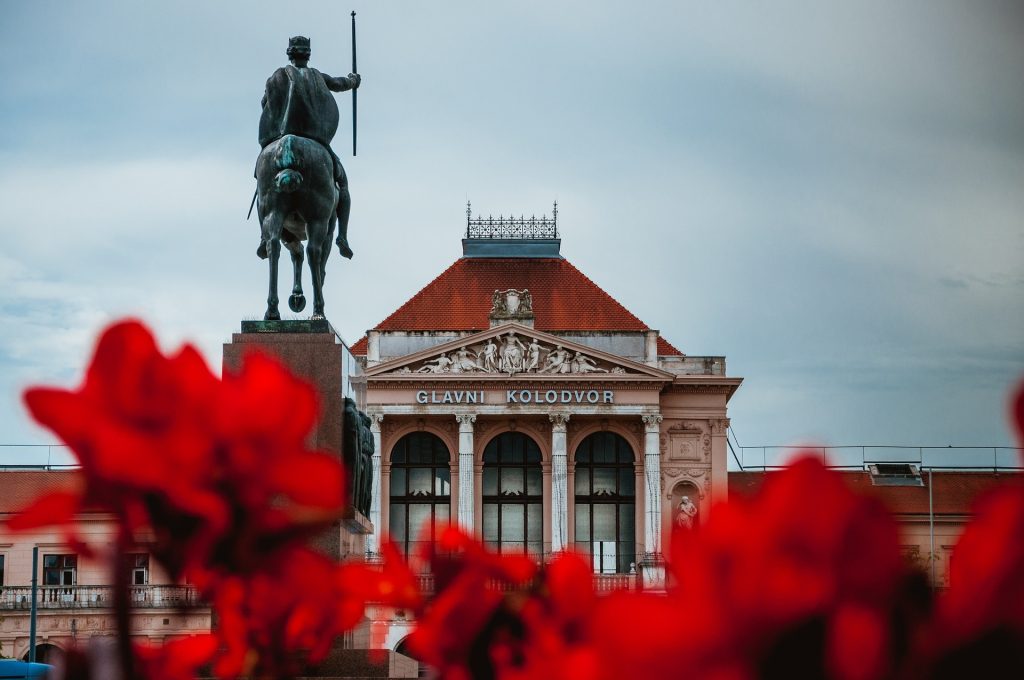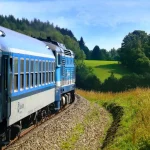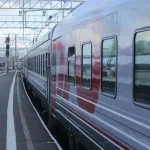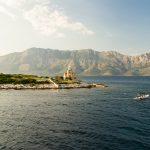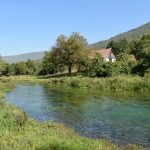November the 23rd, 2024 – Croatian train travel. Unfortunately, they’re words nobody associates much good with. Slow, outdated trains, old infrastructure and plenty of issues have resulted in an overwhelmingly negative impression of Croatian train travel. It doesn’t have to be that way, and the future may well be brighter.
As Poslovni Dnevnik writes, the aim in the future is to create a single European railway area. That naturally implies the continued growth and development of the railway system across the bloc. It also involves the further liberalisation and overall level of competitiveness of the railway services market. That depends almost entirely on the development and implementation of the EU’s railway packages. Whether synergy has been achieved on the wider European railway market and to what extent was discussed at the recently held Railway Services Market Day organised by the Croatian Regulatory Agency for Network Activities (HAKOM).
croatian train travel discussed at the zagreb hotel synonymous with the orient express
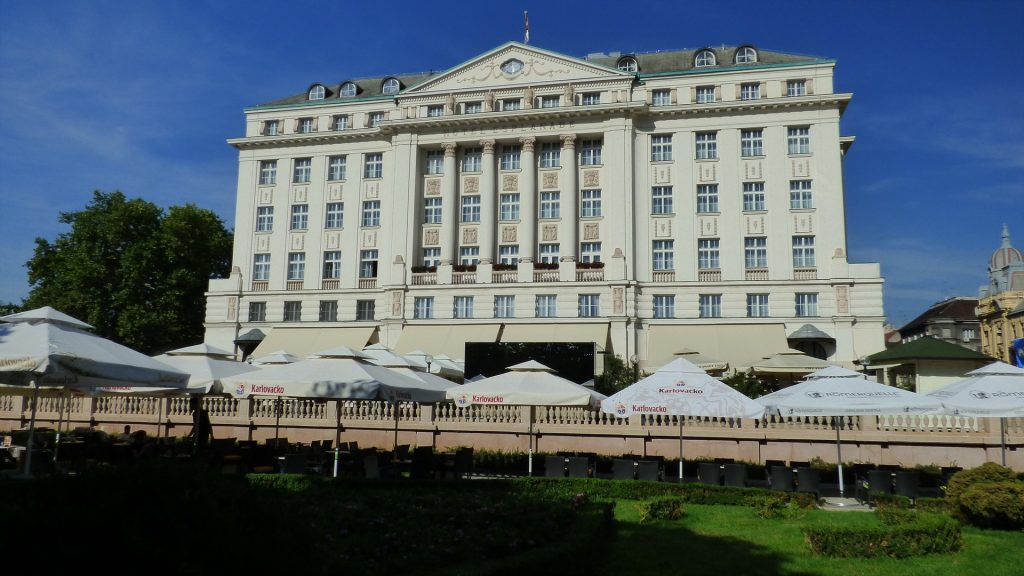
This international conference took place at the gorgeous Esplanade Hotel in Zagreb, which brought together around a hundred railway service market stakeholders, both domestic and from the markets of neighbouring countries. Mislav Hebel, Deputy President of the HAKOM Council, gave an introductory address to the participants, during which he highlighted the role of regulatory authorities in the establishment of a single European railway area.
“HAKOM cooperates very intensively and exchanges information with railway market stakeholders in Croatia, as well as with regulatory authorities in other countries and the European Commission. That’s all done with the aim of harmonising common principles and best practices in the railway market. The action of regulators is all the more important because EU Member States are obliged to do everything possible to ensure a comparable regulatory level. That’s all with the primary aim of establishing free and fair competition on the European railway market,” explained Hebel.
different rules get in the way of goal achievement

During the first part of the conference, attendees were told about experience comparisons and statistical data on the railway services markets in Slovenia, Austria and Croatia. That was all presented by Peter Picelj from the Agency for Communication Networks and Services from Slovenia, Robert Sappl from Schienen Control GmbH of Austria, and Ivica Škrtić from Croatia’s HAKOM.
“There are plenty of challenges that need to be dealt with. Different countries have their own different and often highly specific rules, which often complicates the goals of creating a single European market. Variations in technical specifications can also limit interoperability, and the time period spent obtaining permits is quite long. That can delay cross-border services and discourage investments,” emphasised Robert Sappl.
Borna Abramović, a professor at the Faculty of Transport Sciences, also spoke about the strategic initiatives of the EU in creating a fully integrated and unified railway network. Maša Viduka spoke about the activities of the Ministry of Maritime Affairs, Transport and Infrastructure related to improving the railway services market.
In creating a single European railway area, the creation of quality timetables in all EU Member States is also important. That in particular has been the subject of work for several years by RailNetEurope, an organisation that brings together European railway infrastructure managers. Philipp Koiser, Head of the Capacity Management Department at RailNetEurope, spoke in more depth about the redesign of the guidelines and procedures in timetable development, which aim to make doing business easier for both carriers and infrastructure managers, thus making the European market much more efficient.
is there an eu single market when it comes to railways?
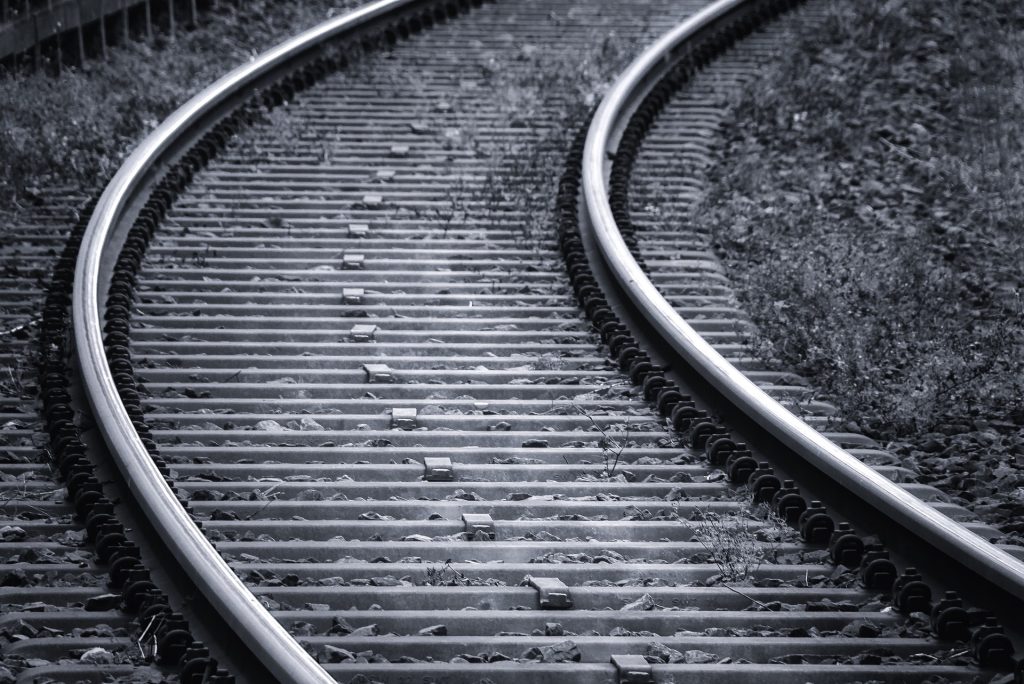
A panel discussion was held on the topic: “Is there an EU single market for rail transport?”, in which Nikola Popović, member of the HAKOM Council, Philipp Koiser, Head of the Capacity Management Department at RailNetEurope, Peter Picelj from the Agency for Communication Networks and Services of Slovenia, Professor Borna Abramović, from the Faculty of Transport Sciences, Borna Arbanas, member of the Board of Rail&See d.o.o. and Darko Barišić, member of the Board of Croatia’s HŽ Infrastruktura d.o.o. participated.
The discussion offered answers to numerous pressing questions, as well as prompting new ones with the aim of even better connectivity of the European railway area. The importance of timetables when it comes to passenger transport was highlighted, with special emphasis placed on the punctuality, frequency and good connectivity of all important nodes that provide passengers with connections for continuing their journey. In freight transport, it’s also important to establish stable train routes between ports and border crossings.
“Only a good timetable will convince transport users to actually use the railways,” stressed Philipp Koiser from RailNetEurope. He added that more precise timetable planning must also include the development of a capacity strategy that will provide insight into the intentions of infrastructure managers and applicants for the upcoming timetable, including traffic flow management.
In conclusion, the panelists all agreed that all European markets have their own very specific difficulties and that there are still many obstacles to overcome to establish a better European railway area.
croatian train travel and the curse of bad press
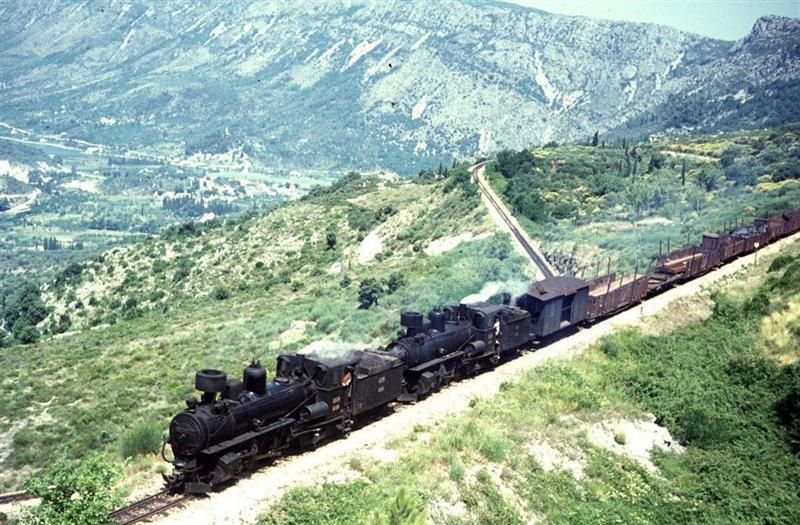
Facebook/Zamaslina
Croatian train travel is unfortunately synonymous with delays, outdated infrastructure and slow trains. The entire region of Europe Croatia is located within would make for a fantastically connected set of railways journeys. Croatian train travel isn’t popular among the local population, let alone tourists who may be far less aware of the issues typically faced here. In fact, there were once more trains operating in this country than there currently are. There was even plenty of Croatian train travel in the extreme south of Dalmatia, with the beloved Dubrovnik train, Ciro, having ceased its operations a long time ago.
The future could be bright for this environmentally friendly, generally much faster method of transport, be it for tourism or otherwise, but Croatia has an enormous task on its hands to catch up.

